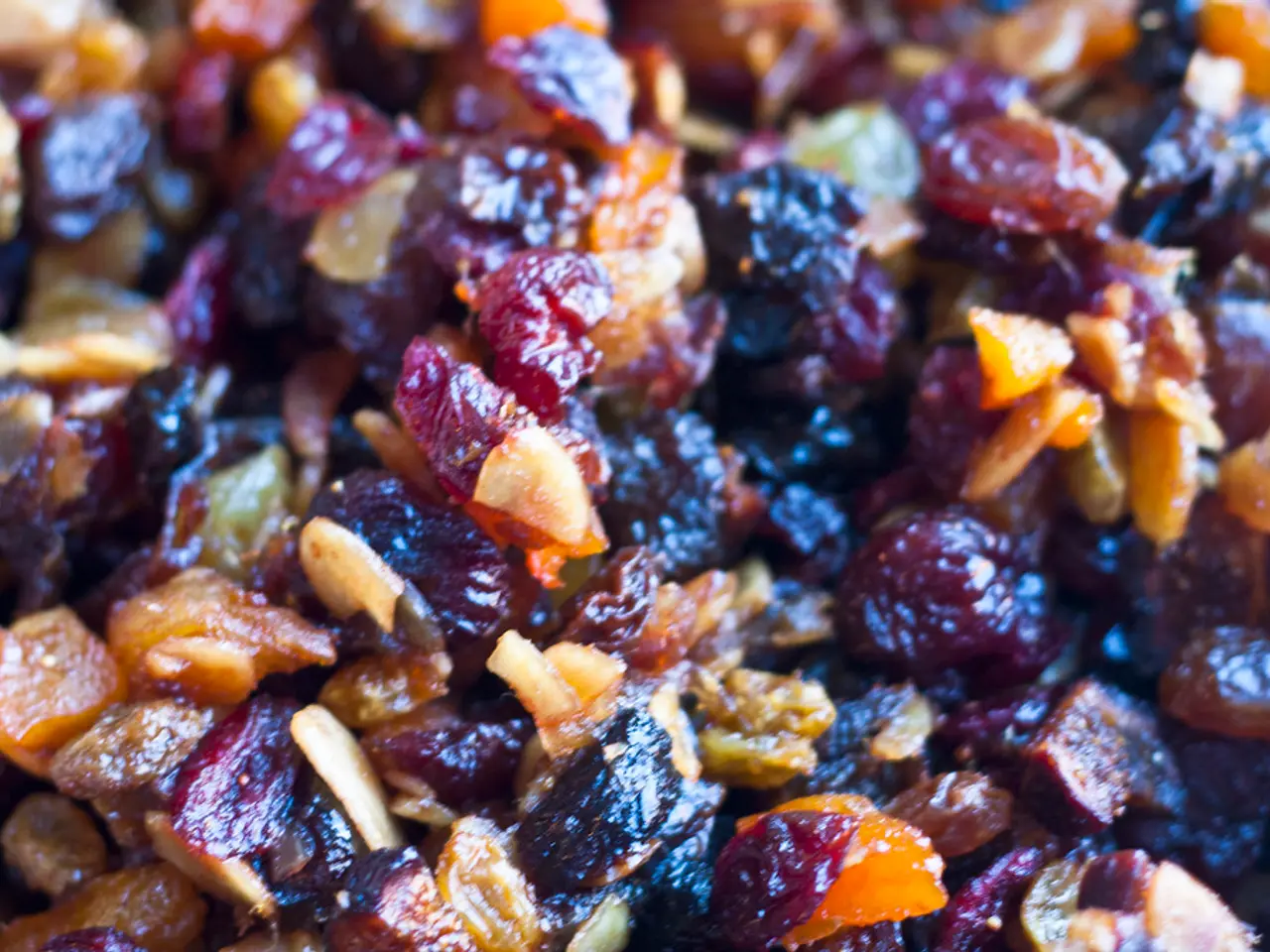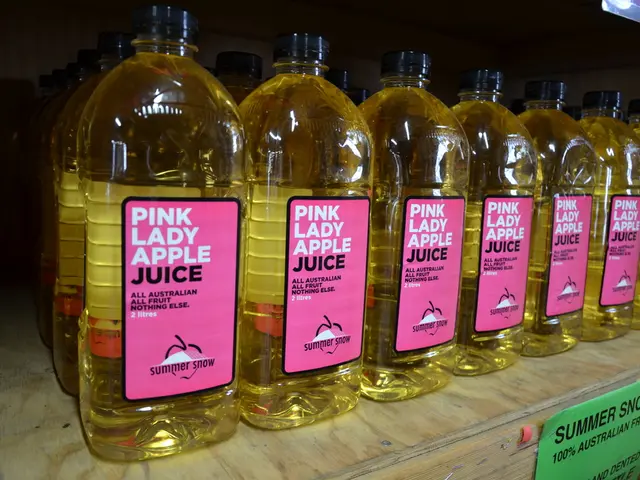Navigating Dietary Restrictions and Allergies: Exploring Delicious Recipes and Helpful Resources for Managing Dietary Constraints and Food Allergies
In today's diverse world, catering to various dietary needs and food allergies is essential. This article aims to explore recipe adaptations, identify common allergens, and discover alternative ingredients for gluten-free, vegan, and low-carb diets.
### Identifying Common Allergens
The most common food allergens include gluten, dairy, eggs, nuts, soy, seafood, sesame, and legumes. Understanding these allergens is crucial when preparing meals for people with specific dietary restrictions or food allergies.
### Strategies for Adapting Recipes
#### 1. Gluten-Free Adaptation
To create gluten-free recipes, replace wheat flour with gluten-free flours such as rice flour, almond flour, buckwheat, or oat flour (ensure oats are certified gluten-free). Whole-grain gluten-free grains like quinoa, bulgur (if tolerated), or brown rice can also be used. Breadcrumbs can be swapped with crushed gluten-free crackers or rolled oats. Always check ingredient labels for hidden gluten sources in sauces or processed foods.
#### 2. Vegan Adaptation
To make recipes vegan, substitute eggs with flaxseed or chia seed “eggs” (1 tbsp seeds + 3 tbsp water), applesauce, mashed banana, or commercial egg replacers. Replace dairy milk with plant-based milks such as almond, soy, oat, coconut, or cashew milk. For buttermilk alternatives, mix plant milk with vinegar or lemon juice and let it sit for 10 minutes. Use plant-based oils or vegan butters in place of animal fats. For creamy textures, coconut milk or cashew milk work well but may add sweetness and richness, so adjust other fats and sugars accordingly.
#### 3. Low-Carb Adaptation
To create low-carb recipes, reduce or eliminate high-carb ingredients like sugar, flour, rice, and starchy vegetables. Use low-carb flours such as almond or coconut flour. Replace grains with non-starchy vegetables or legumes where allowed. Increase protein and healthy fats by adding meats, eggs, nuts, and seeds. Utilize nutrition tools to analyze carbohydrate content and make informed substitutions.
### Alternative Ingredients for Common Allergens and Dietary Needs
| Ingredient | Common Allergen? | Vegan Alternative | Gluten-Free Alternative | Low-Carb Alternative | |---------------------|------------------|----------------------------|-----------------------------|-------------------------------| | Wheat flour | Yes (gluten) | Almond, oat, coconut flour | Almond, buckwheat flour | Almond, coconut flour | | Milk | Yes (dairy) | Almond, soy, oat, coconut | Same as vegan alternatives | Same as vegan alternatives | | Eggs | Yes | Flax/chia eggs, applesauce | Same as vegan alternatives | Same as vegan alternatives | | Butter | Yes (dairy) | Coconut oil, vegan butter | Same as vegan alternatives | Coconut oil, butter (if low-carb) | | Nuts | Yes | Sunflower seeds, pumpkin seeds | Same | Same | | Sugar | Sometimes | Maple syrup, agave, stevia | Same or low-carb sweeteners | Stevia, erythritol, monk fruit |
### Tools and Tips
- Use nutrition analyzers to calculate calories, carbs, protein, and allergens in recipes to tailor meals precisely to dietary needs. - When substituting, consider texture and taste impacts. - For anti-inflammatory or specific diets, consult dietitians to personalize menus and avoid ingredients that trigger inflammation or allergies.
By understanding the basics of allergens and dietary restrictions, using appropriate ingredient swaps, and leveraging nutrition analysis tools, you can successfully adapt recipes to suit gluten-free, vegan, low-carb, and allergy-sensitive diets while maintaining flavor and nutritional balance.
Add extra vegetables or legumes to increase the nutritional value of the dish. Replace dairy milk with plant-based milks such as almond milk, soy milk, or oat milk for vegan recipes. Adapting recipes to accommodate dietary restrictions and allergies can be done with simple modifications. When cooking for individuals with food allergies, read food labels carefully to check for allergens. Explore the variety of plant-based proteins such as tofu, tempeh, lentils, and beans for vegan dishes. Allergic reactions can range from mild to severe, and it's crucial to identify and avoid allergens. Be aware of cross-contamination risks and clean utensils, cutting boards, and cooking surfaces thoroughly when preparing allergen-free meals. Vegan diets exclude all animal products, including meat, dairy, and eggs.
- A vegan lifestyle requires substituting eggs with flaxseed or chia seed “eggs,” applesauce, mashed banana, or commercial egg replacers, and replacing dairy milk with plant-based milks like almond, soy, oat, coconut, or cashew milk for nutrition-rich recipes.
- To maintain a healthy-diet and support a vegan nutrition, one can explore alternative sources of protein such as tofu, tempeh, lentils, and beans in cooking recipes, ensuring a balanced meal.
- In a fitness-and-exercise regime, adopting a vegan lifestyle may contribute to enhanced health due to the intake of natural, nutrient-dense foods, enhancing the overall health-and-wellness.
- By understanding common food allergens such as gluten, dairy, eggs, nuts, soy, seafood, sesame, and legumes, and their vegan, gluten-free, and low-carb alternatives, individuals can engage in cooking with confidence, catering to a broad range of dietary needs and restrictions.
- Finding success in a vegan cooking experience involves not only understanding the science of nutrition but also exploring innovative recipes, combining health and flavor for a wholesome, allergy-sensitive lifestyle.








